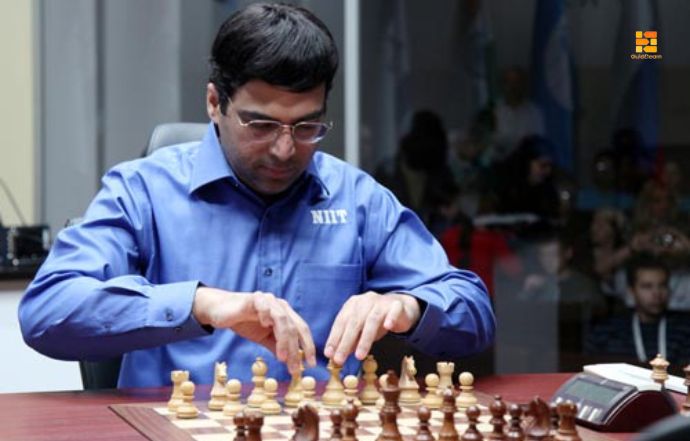The Rise of the Indian Chess Kings (and Queens!): How India is Shaping the Future of Chess
83 OUT of 2000 Grandmasters from all over the world are from India which is second only to Russia. Our rise as a major force in the world of chess has been a fascinating phenomenon with a trend of the recent surge in Grandmasters (GMs) from our country.
But, how and why?
Chess is a game that echoes from ancient India. Chaturanga originated in India around the 6th century AD with its deep historical connection that fostered a familiarity with the game that endured for centuries laying the groundwork for future chess enthusiasts. The game helped students concentrate and increase their motor skills as a result of which it stands tall today in modern-day history too.

Modern Indian chess owes much to Viswanathan Anand, a five-time World Champion.His dominance has inspired a generation of young players and put India on the global chess map.

The game's popularity has surged at the grassroots level. In states like Tamil Nadu and Gujarat, chess has found a place on the school curriculum, while schools across thecountry are increasingly incorporating it into their programs. To keep pace with this enthusiasm, chess coaching clubs are popping up everywhere, providing a strong foundation for future generations of Indian chess masters
A three-pronged attack has propelled India to chess stardom. Academies with certified trainers provide a strong foundation, nurturing raw talent into strategic minds. The All India Chess Federation fuels competition with tournaments at all levels. Here, young players test their skills, gain experience, and climb the ranking ladder. Government initiatives like Khelo India bridge the financial gap, offering scholarships to promising talents. This empowers young players to pursue chess without limitations
The Technological Advantage: Online Platforms and Training
The internet has revolutionised chess learning and competition in India. Online platforms like Chess.com and Lichess offer free access to training tools, puzzles, and games against players worldwide. This allows Indian players to compete with a global pool, enhancing their strategic thinking and exposure to diverse playing styles. Additionally, online coaching and video analysis tools provide remote learning opportunities, bridging geographical gaps and offering accessibility to high-quality training.

Beyond Anand: A New Generation of Chess Stars
Viswanathan Anand's reign as India's solitary chess champion has given way to seasoned stalwarts like Pentala Harikrishna and Vidit Gujrathi. Harikrishna, known for his aggressive yet positional play, has reached the prestigious Candidates' Tournament, a mere whisker away from a World Championship match. Gujrathi, a tactical mastermind, has toppled reigning World Champions and continues to be a formidable force. Koneru Humpy, a former Women's World Chess Champion, remains a dominant figure in the women's circuit. Her unwavering fighting spirit and strategic prowess serve as a beacon for aspiring female chess players across India.
Prodigies on the Rise: The most exciting development? The emergence of teenage prodigies like Rameshbabu Praggnanandhaa. This young star not only holds the record for the youngest Indian GM but has also achieved the unthinkable – defeating a reigning World Champion. Vaishali, his sister is also India’s third female chess Grandmaster, thus making the brother-sister duo, the world’s only and first brother-sister Grandmaster duo.
India's chess future gleams bright. Strong infrastructure like academies andtournaments keeps churning out talent whereas Anand and current stars inspire the next generation. The learning accessibility comes in the form of Online platforms whereas challenges that include financial support, especially for underprivileged players, and gender parity are also supported by the government.